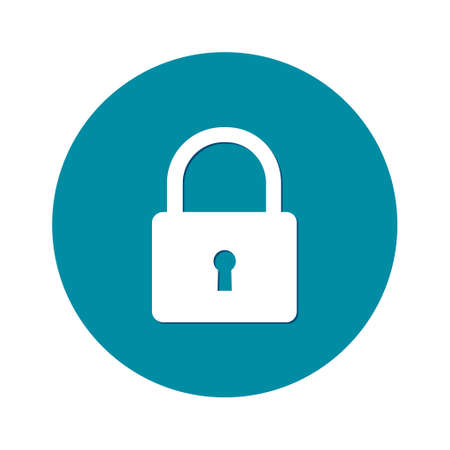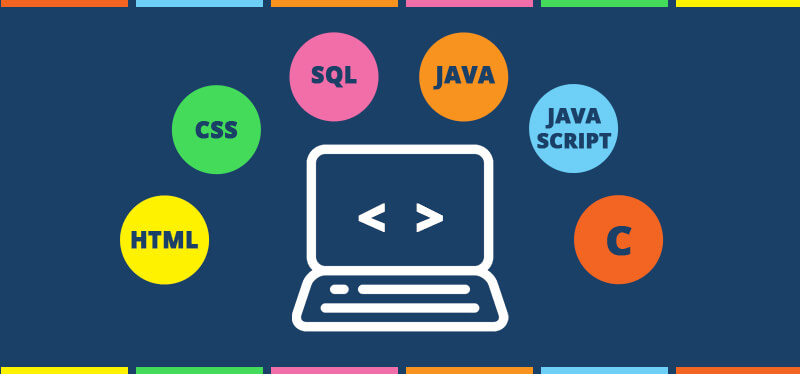
- By Ifat Perveen 10-Oct-2025
- 401
Digital learning is the future of education because it offers flexibility, accessibility, e-learning, and personalized learning experiences through technology.
Introduction:
Here’s a thoughtful quote about the importance of education:
“Education is the most powerful weapon which you can use to change the world.”
— Nelson Mandela
Education has always been a key to progress and growth. For centuries, classrooms filled with students, books, blackboards, and teachers have been the traditional way of learning. However, in recent years, a new form of education has been taking over digital learning. It is changing how students learn, how teachers teach, and even how knowledge is shared around the world. Digital learning, also known as online learning or e- learning, uses technology such as computers, tablets, and the internet to make education more accessible, flexible, and engaging.
In this article, we will explore why digital learning is becoming the future of education, what its advantages are, how it is transforming schools and universities, and what challenges it still faces.
1. The Rise of Digital Learning
Over the past decade, the use of technology in education has grown at an unbelievable pace. The COVID-19 pandemic accelerated this change when millions of schools worldwide had to close their doors and move to online platforms. Suddenly, video classes, digital assignments, and virtual classrooms became the new normal.
Even after schools reopened, digital learning did not disappear. Instead, it became an essential part of modern education. Many students and teachers have discovered that online tools can make learning more flexible and engaging. Platforms like Google Classroom, Zoom, Microsoft Teams, and Khan Academy became common names in homes and schools.
The rise of smartphones, laptops, and affordable internet connections also helped spread digital learning. Today, anyone with an internet connection can learn from top universities, attend workshops, or even learn a new skill without leaving their home.
2. Accessibility and Flexibility
One of the biggest reasons digital learning is becoming the future of education is accessibility. Traditional education often depends on location; students must attend a specific school or college. But with digital learning, geography no longer matters. A student in a small town can take a course from Harvard, Oxford, or any other top university online.
Digital education enables learners to study at any time and from anywhere. This flexibility helps students who have jobs, family responsibilities, or physical disabilities that make attending regular classes difficult. It also allows learners to study at their own pace. Some students learn faster, while others need more time; digital learning gives them that freedom.
For example, recorded lectures, digital books, and interactive videos can be replayed and reviewed whenever needed. This makes learning more personalized and less stressful.
3. Cost-Effectiveness
Education can be expensive. Traditional schooling requires infrastructure, textbooks, uniforms, transport, and other costs. Digital learning can reduce many of these expenses. Online courses often cost less than traditional classes because they don’t require physical space or printed materials.
Students can also save money on travel and accommodation when studying online. In many developing countries, this affordability makes education possible for people who might not otherwise afford it.
Moreover, there are many free or low-cost learning resources available online, from video tutorials on YouTube to complete courses on platforms like Coursera, Udemy, and edX. This democratization of education — making it open and available to everyone — is one of the greatest strengths of digital learning.
4. Personalized Learning Experience
In traditional classrooms, all students often have to learn the same material at the same pace. However, every student is different. Some may understand concepts quickly, while others may need more time or a different explanation.
Digital learning uses data and technology to provide a personalized learning experience. Through artificial intelligence (AI) and learning management systems (LMS), online platforms can analyze a student’s performance and suggest customized lessons or exercises.
For example, if a student struggles with math, an online system can provide extra practice problems, videos, or even recommend tutors. This adaptive learning makes education more effective because it targets each learner’s specific needs.
In addition, students can choose what subjects or skills they want to learn, creating a more enjoyable and meaningful learning journey.
5. Interactive and Engaging Learning Tools
One of the most exciting aspects of digital learning is the variety of tools available to make education interactive and fun. Instead of reading long chapters or listening to lectures, students can now watch videos, play educational games, participate in virtual labs, or use simulations to understand complex concepts.
For instance:
-
Science students can perform virtual experiments in a 3D lab.
-
History students can take virtual tours of ancient civilizations.
-
Language learners can practice speaking with AI-powered chatbots.
These interactive tools keep students more engaged and motivated. Gamification, using game-like features such as badges, rewards, and levels, has also made learning more exciting.
Moreover, technology like Virtual Reality (VR) and Augmented Reality (AR) is taking education to a new level. With VR, students can explore space, dive into the ocean, or even walk through the human body — all from their classroom or home.
6. Development of Digital Skills
In today’s world, digital skills are no longer optional — they are essential. From using basic software to working with data and AI tools, digital literacy is required in almost every job.
Digital learning not only teaches academic subjects but also helps students become comfortable with technology. By using online tools, managing files, attending virtual classes, and collaborating digitally, students naturally develop digital competence.
This prepares them better for the future job market, where technology-driven skills are in high demand. Employers now look for candidates who can adapt quickly to new digital environments. Therefore, digital learning helps bridge the gap between education and employment.
7. Global Collaboration and Cultural Exchange
Another major advantage of digital learning is its ability to connect people across the world. Online classrooms can include students from different countries, backgrounds, and cultures. This diversity helps learners exchange ideas, broaden their understanding, and develop global perspectives.
For example, a student from Pakistan can collaborate with peers from Canada or Japan on a group project. This not only improves communication skills but also teaches cultural awareness and teamwork.
Such global learning experiences prepare students for a world that is becoming more interconnected every day.
8. Teacher Empowerment and Innovation
Digital learning is not only transforming the experience for students but also for teachers. It gives educators new tools to make teaching more effective. Teachers can use digital platforms to share materials, track progress, give feedback, and even use analytics to understand how their students are performing.
Technology allows teachers to create blended learning environments, mixing online and face-to-face methods, for a balanced approach. They can design multimedia presentations, record lessons, and use educational apps to make subjects more interesting.
Additionally, teachers can also continue their own professional development online by taking digital training courses or attending virtual workshops. This lifelong learning culture benefits both educators and their students.
9. The Future of Education: Blended and Smart Learning
The future of education is likely to be a mix of digital and traditional learning, known as blended learning. This model combines the best of both worlds, the flexibility of online learning and the human connection of classroom teaching.
In the coming years, we can expect to see more AI-driven tutors, smart classrooms, and data-based education systems. Virtual Reality (VR) and Augmented Reality (AR) will continue to grow, making learning more immersive.
Education will also become more career-oriented and skills-based, focusing on creativity, problem-solving, and digital literacy rather than rote memorization.
Students will have greater control over what, how, and when they learn. Teachers will become mentors and guides rather than just information providers.
Conclusion
Digital learning is not just a trend; it is a revolution that is reshaping the world of education. Its accessibility, flexibility, and innovation are breaking barriers that once limited learning. It allows people of all ages and backgrounds to study what they love, when they want, and from anywhere in the world.
While there are challenges, the advantages of digital learning far outweigh them. With continuous improvement in technology, internet access, and teaching methods, digital learning will keep growing stronger.
The future of education is a world where learning never stops — where classrooms are global, lessons are personalized, and knowledge is just a click away. Digital learning is indeed the bridge between today’s students and tomorrow’s world.







